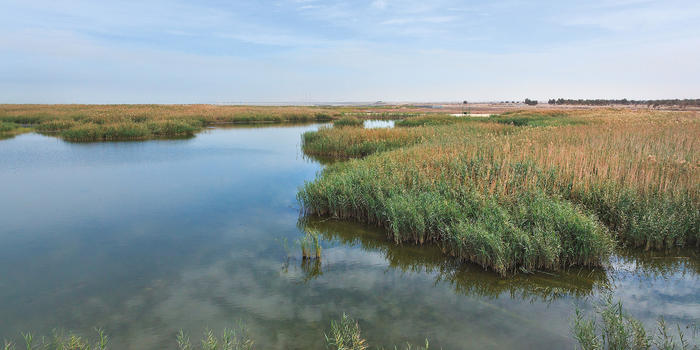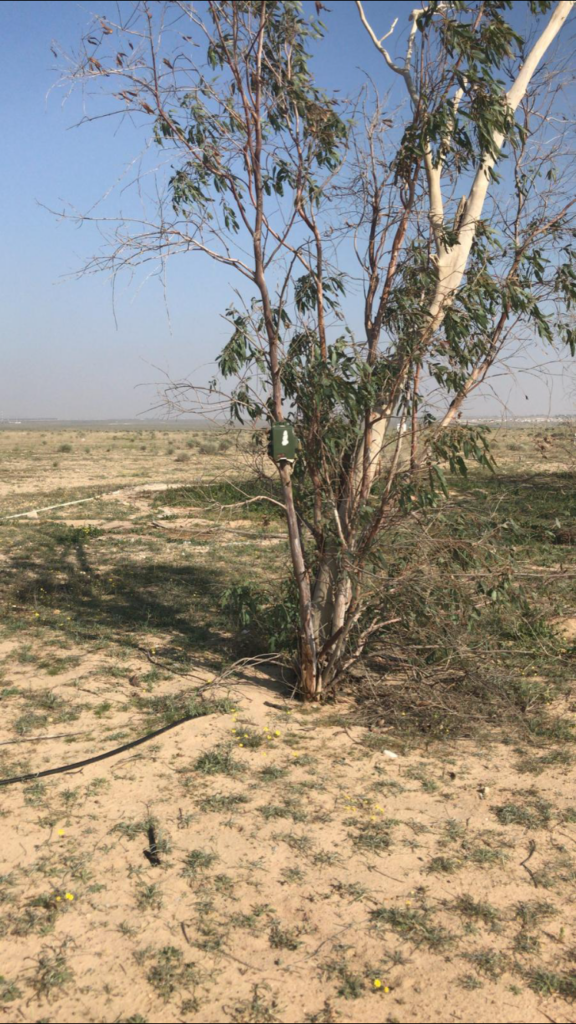Aims
Wetland habitats are renown for hosting a rich and unique diversity that provide several ecosystem services. This richness is even more true for wetlands founds in arid regions where they play the role of refuge islands, in particular for water birds. Wetland bird communities are particularly complex due to a mix between resident and migratory species. The arrival and departure of non-resident species induces important dynamics in terms of species richness and assemblage composition. In this project, we will describe and monitor a wetland bird community dynamics of Kuwait using ecoacoustic techniques. More specifically we will describe wetland acoustic communities using acoustic indices, assess the importance of migratory species in the community dynamics, and test the possibility to use acoustics to estimate the arrival and departure dates of migratory species.
Participants and collaboration
Sarah Obaid, Frédéric Jiguet
Funding
Kuwait Institute for Scientific Research
Localization
Two sites were selected for the study: (1) Jahrah Pool (4 sampling points), (2) KISR Research Station at Kabd (2 sampling points).
Jahra Pool Natural Reserve is considered the first freshwater wetland reserve in Kuwait. It was declared a natural reserve in 1987, under the management of the Environment Public authority in Kuwait. The total area of the main reserve was 2.5 km2, and in 2016 it was expanded to 18 km2. It has been providing suitable habitat for endemic and migratory birds. The reserve was created by the effluent of the tertiary treated water coming from the treatment plant in Jahra City. It formed several freshwater ponds surrounded by reed beds. Consequently, the place became a significant attraction for resident and migratory birds, where they could find shelter, foraging, and breeding sites. Now, the reserve management supplies the ponds with water to keep them in a sustainable status. The size of the ponds fluctuates according to season and precipitation. The ecosystem of the reserve is very rich in fauna and flora. The vegetation cover includes perennial and annual desert plants, some halophytes, and plantations of trees such as Acacias and Willows. The birds’ population consists of different groups of birds, such as sea birds, freshwater birds, waders, desert birds, and raptors. They vary between endemic and migratory species. The reserve also is a habitat for some mammals, reptiles, insects, and amphibians.
Kuwait Institute for Scientific Research established a research station for field studies in Kabd in 1978 as a start of a field study project on range management. It is a station dedicated to agricultural and environmental studies. The station is located southwest of Kuwait city and occupies 40 km2 of land. Access to the station is restricted only to research purposes. Only persons with permits issued by KISR administration are allowed. This gives an excellent opportunity for the wildlife to nourish. As a result, it became a natural reserve. The reserve is considered a desert ecosystem. The dominant vegetation consists of Rhanterium epapposum and Cyperus conglomeratus and several perennials and annuals. These plants provide a suitable shelter for many migratory and resident birds. Also, the fauna of the station is extended to include many reptiles and insects species and a few mammals like the desert fox and desert gerbils.
Sound sample
Pictures
Al Jahra
Kabd











